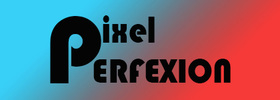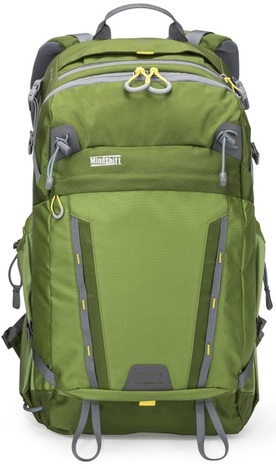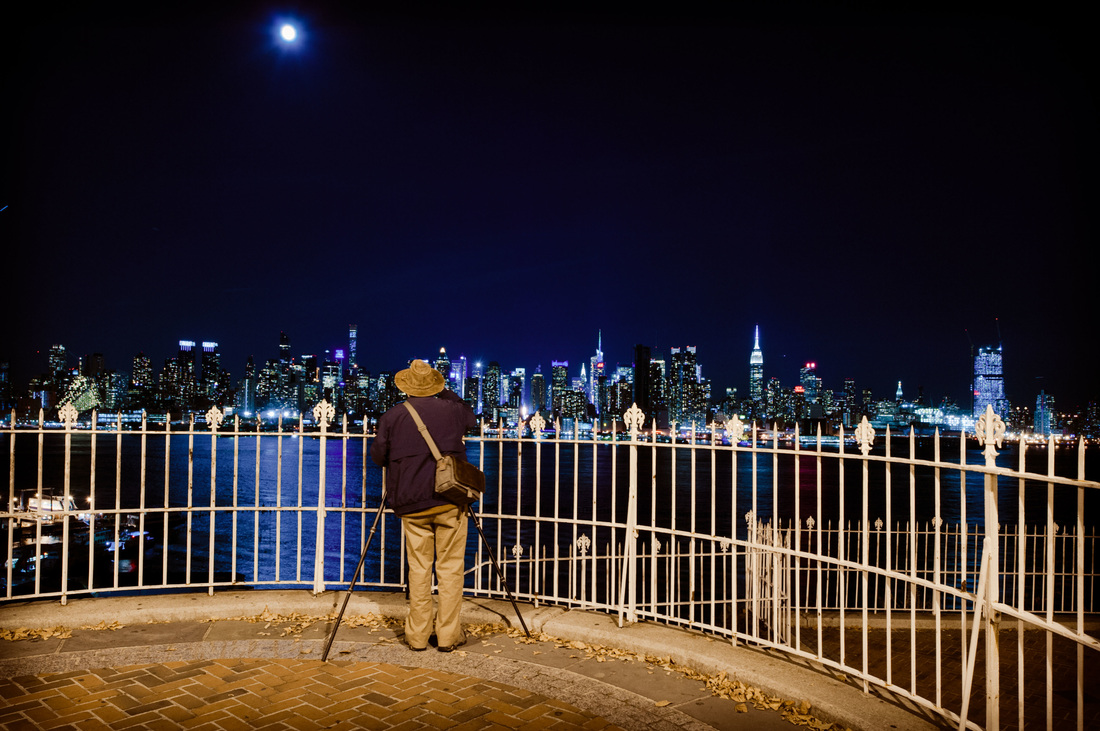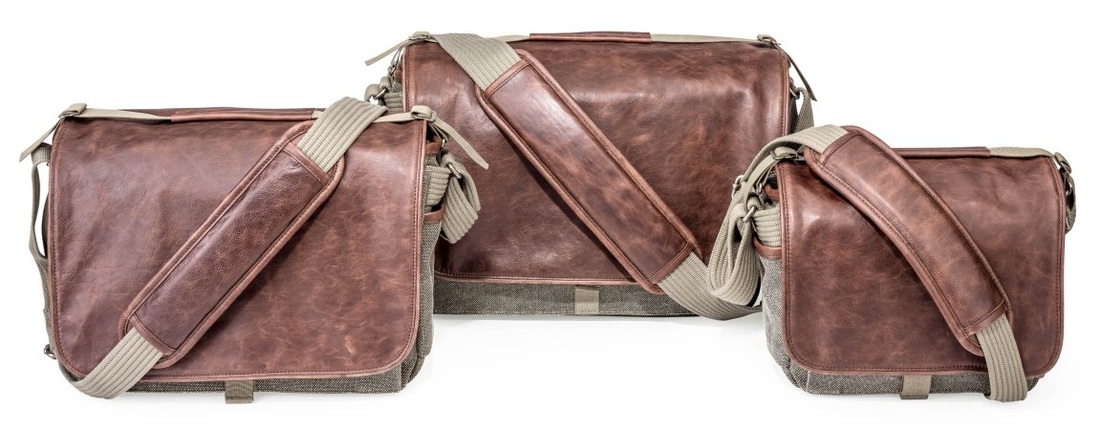| I’ve made a few things clear in past reviews of photo backpacks and in magazine features I’ve written on the subject. One is that I favor a backpack over a shoulder bag for most of my photography. Second, I’ll only use a backpack that’s a good fit – feels comfy and rides well on my back, holds the gear I need to carry securely and in an organized fashion, and lets me get at my gear relatively easily and quickly. Third, I prefer a backpack that lets me carry a water bottle and a few extras, such as a light jacket – in other words, has pockets where and in a size I need them. All of which has led me in recent years to MindShift Gear photo backpacks. I’ve become increasingly enamored of these products. And the fact that this company continues to innovate without compromising the integrity or functionality of their bags speaks volumes. However, when MindShift Gear announced the BackLight 26L, my first thought was: I have enough photo backpacks already. I’ll skip this one. Glad I didn’t. But I also had to reconcile where this new photo backpack stood in relation to my other backpacks, especially the FirstLight, which had previously moved to the front of the pack, so to speak. Fast forward, from the day it arrived, the BackLight has become my go-to photo backpack – and for good reason. The following are some of the images I shot while wearing the BackLight 26L. As you can see, this pack lends itself nicely to a wide range of situations. |
| BackLight 26L: Key Features These are features outlined by MindShift Gear in a press release (with my comments and observations).
| BackLight 26L vs. FirstLight 20L
|
| In the Field I loaded the bag (not fully) with a Nikon D610 and several lenses, including a Tamron 15-30 f/2.8, Tamron 90mm f/2.8 macro, and Tamron 70-300mm, plus Nikon SB-700 flash, and had plenty of room to spare. I could easily have carried a 300mm f/4 attached to my trusty old Canon EOS 5D, together with other Canon lenses instead. There was even a special space for my Giotto’s Rocket Blower and room to store a sling strap. And there was definitely space for a second camera body. For the most part, I didn’t notice I was wearing the bag. However, I did find that the FirstLight 20L did ride a bit better on my back, without me having to readjust the position of the shoulder straps as I was walking about. That said, this was not a concern when shooting while wearing the BackLight 26L, which remained firmly and comfortably on my back. (I should point out that everyone will have a different experience with any backpack, so you’d do well to try it on, preferably filled with gear, and walk around a bit – something more easily done at home, when ordering online.) Now, as to that thing about accessing the interior while wearing the pack. Okay, here’s the unvarnished truth. It’s doable – but mostly if you’re not wearing an open jacket or open photo vest, which tends to get entangled or snarled in the process of shifting the pack around. When I wear a vest as the outer layer, it’s always open. Ditto for a jacket as the outer layer, with an open vest underneath (or the other way around – depends on the situation). Open outer garments just make a mess of things, and I'm not about to zip up and then unzip afterwards, which only wastes time. But when I did successfully manage to access my gear while wearing the pack, I found it best to position one knee under the pack for added support (set your foot on a step or mound). You can also try leaning the bag against a wall or tree. I didn’t feel entirely comfortable allowing the pack to float tethered to the waist belt, although I’ve done it with a light load. And as I mentioned, I didn’t like using the neck tether. I should add the reason for that is, my hat kept getting in the way. (I keep the neckband in the pack in case I change my mind, or in the event I might need it to tie off something.) I did try attaching a spare, lightweight, clip-on shoulder strap (a camera strap can also be used) to the carry handle as a means of supporting the bag. But again, my hat got in the way, and since this became such a production, hence counterproductive, I gave up on the idea. Besides, it also meant that I ended up with something dangling off the pack when the added strap was not in use. Still, you might try it. Just don’t wear a hat. So, in the end, I found myself using the bag more conventionally. It just meant I had to find a convenient spot to lay the bag down. Which is not as easy as it sounds in many situations. Still, I expect that I'll go back and try using the pack as intended. Whenever I hit a stumbling block, I always try and try again. It's who I am. | Special Usage Note Make sure to keep the waist belt securely cinched before attempting to rotate the bag around your waist. The waist belt should tightly hug the waist, but not so tight as to hinder the bag’s movement. On the other hand, if it’s too loose, like loose-fitting trousers, it will start sliding downward as you remove the shoulder straps. The process can get a bit tricky, which is why you should practice with a fully loaded pack until you’re confident you’ve got it. |
| Conclusions You may be asking, what about the Rotation180 Horizon 34L you gushed about in an earlier review? Clearly, any of the Rotation180 packs will give you fast access to your gear, much more so than the BackLight. However, the Horizon won’t fit long lenses in the rotating section. And it is bigger and bulkier overall. Plus it’s clearly intended for rigorous excursions. The BackLight is tamer, by comparison. It lends itself to a wider variety of environments, from city streets to woodland and is less of a nuisance on a crowded subway. Which brings me back to my earlier comment: The BackLight 26L has become my go-to photo backpack. It carries what I need and in a fashion that is protective, makes my gear readily accessible, and it's smart-looking. I simply and utterly refuse to look at another photo backpack. That is, at least until MindShift Gear comes up with yet another winner. Once you’ve got the hang of using the BackLight 26L, you can be assured of retrieving the camera and grabbing that shot when the opportunity to photograph a 10-point buck presents itself or ducking the camera back in the bag when that buck starts eyeing you suspiciously. There are definitely times when you do not want to put a pack down on the ground and turn your back on an animal just to get inside the bag. So, the next time I find myself ankle-deep in mud or knee-deep in fresh powder, you can bet I’ll figure out a way to work around the hat, vest, and jacket I’m wearing and keep the BackLight 26L on my person as I retrieve the camera, change lenses, or return the camera to the bag. | Capsule Comments Sturdy, well crafted, stylish yet practical, does a great job protecting my gear. Where can I get more info? MindShift Gear BackLight 26L Manufacturer: MindShift Gear How much is it? Direct: $249.99 (same price at B&H, Adorama). Specifications Exterior Dimensions: 11.4” W x 20.3” H x 7.9” D (29 x 51.5 x 20 cm) Interior Camera Compartment: 10.2” W x 19.3” H x 5.9” D (26 x 49 x 15 cm) Laptop Pocket: 10” W x 15.3” H x 1”D (25.5 x 38.8 x 2.5 cm) Tablet Pocket: 9.3” W x 10.2” H x 0.6” D (23.5 x 26 x 1.5 cm) Total Volume: 26L Weight: 3.9 lb (1.8 kg) |




 RSS Feed
RSS Feed